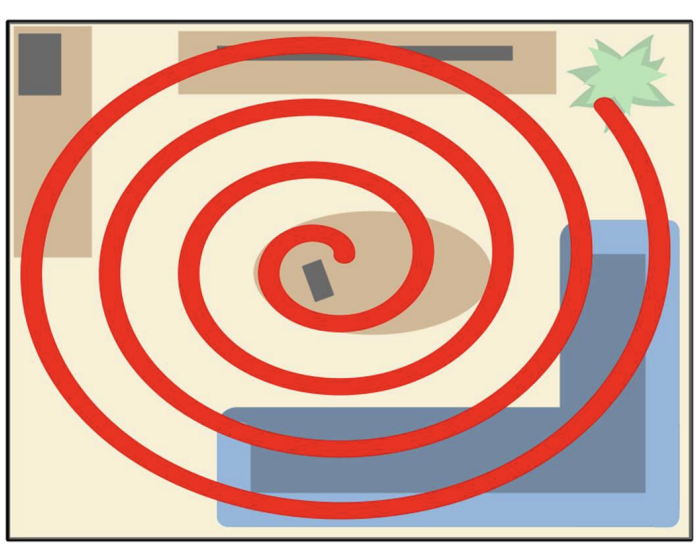Forensics test 1
1/37
Earn XP
Description and Tags
AHHHHH its too late to do this :,)
Name | Mastery | Learn | Test | Matching | Spaced |
|---|
No study sessions yet.
38 Terms
Forensic Anthropology
study human remains
Forensic Entomology
study bugs
Forensic Odontologist
Teeth
Forensic pathologist
how/when/etc. did they die
Corpus delicti
Evidence that proves there was a crime
Modus Operandi
habitual way of doing something
6 steps of criminal profiling
inputs, decision process, crime assessment, criminal profile, investigation, apprehension
4 sub types of serial killers
visionary, missionary, hedonistic, power/control
visionary serial killer
sees or hears things
missionary
their mission to eradicate a type of person from the earth
hedonistic
takes pleasure in it
power/control
pretty self explanitiory, often SA crime involved.
Organized CRIME SCENE + KILLER
little evidence left
married/has partner, high birth order, charming
disorganized CRIME SCENE + KILLER
more evidence erratic behavior, mistakes, etc.
single, low birth order, socially awkward
Innocence project
87% of wrongful convictions helped solve.
Investigative process (7)
Securing the scene
Seperating witnesses
scanning
seeing
sketching
searching
securing evidence
Securing the scene
making sure no one comes in or out to prevent tampering
Seperating witnesses
make sure they dont mix stories
Scanning the scene
general overview of scene, identify secondary location
Seeing the scene
photography with + without markers 3×3 views (3 angles 3 distances)
Sketch the scene
include labels, dates, artist, scale, true north
searching
identify other evidence, methodical
line/strip method
lanes w one searcher per lane, good for open spaces

spiral method
good with furniture, usually 1 person

Grid method
very detailed

zone/quadrant
basically a + sign, 4 searchers each zone, good indoors..
wet evidence
dried or stored with holes
dry small evidence
bindle/ bag
circumstantial v direct evidence
circumstancial isnt proven to be involved in crime, direct is.
individual v class evidence
individual narrows down evidence to 1 person, class is general
physical v biological
if the evidence has cells or DNA in it (not injuries unless perp left their own cells) it is bio
Edmond Locard
Made principle of exchange state, father of forensics
frye v daubert standard
accepted by scientific community v judge decides
bill of rights
first 10 amendments, help people be fair
article 6 of constitution
fed law over state law
article 5
right to remain silent
Alec Jeffereys + Colin Pitchfork
Pitchfork criminal helped develop DNA evidence
5 people at crime scene
first responders, crime scene investigators, medical examiner/coroner, detectives, + specialists